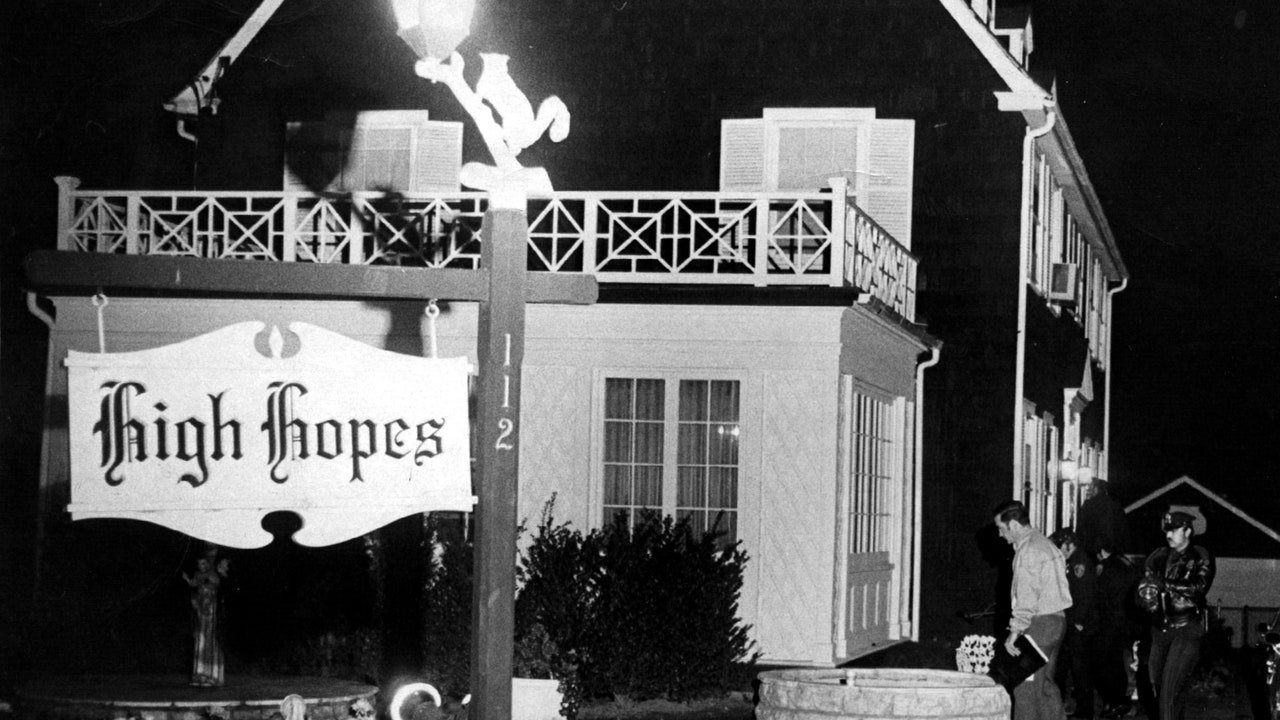6 of the Most Infamous Murder Houses in American History
Audiences have long been spellbound by murder houses, as evidenced by the number of cult favorite TV shows and box office hits centered around places where the unthinkable happened. From the true crime story turned 1979 classic The Amityville Horror to the 2011 debut that ignited the American Horror Story anthology franchise (subtitled simply: Murder House), the intrigue in abodes with dark backstories has been enough to attract viewers for decades.
In real life, dwellings that were once crime scenes sometimes struggle to sell due to their stigmatized pasts. The Tudor-style manor at the center of the JonBenet Ramsey murder in Boulder, Colorado, was removed from the market this spring after multiple price cuts yielded no buyers. A massive devaluation isn’t always in order, though; about 20 miles away, the Watts home in Frederick, Colorado—where Chris Watts killed his pregnant wife, Shannan, in a case that sparked public outcry and a slew of documentary adaptations—saw a 29% price increase from its 2022 sale to its listing earlier this year, according to Realtor.com.
Dr. Randall Bell has dealt with his fair share of properties forever stained by their heartbreaking, high-profile lore. As the CEO of Landmark Research, a firm specializing in real estate damage economics, Bell has been retained on cases including the Ramsey house, Nicole Brown Simpson’s Brentwood home, and the Santa Fe, California, manse that was the site of the Heaven’s Gate cult mass suicide. In Bell’s experience, such infamous properties will typically see a 15% to 25% decline in value. While the events that unfolded in these homes may draw in passersby, Bell says it’s unlikely that the true crime boom has ever made for an increased valuation in such circumstances.
“There’s a lot of people who have a macabre interest [in murder houses], but I don’t really see people particularly buying these homes because of their fascination with crime; it’s more that they’re getting a discount.” As with the properties destroyed in Hurricane Katrina (which Bell also worked on), buyers tend to “swoop in” for better rates than they’d typically get in the area: “It’s the same concept as a bankruptcy,” Bell explains. “People buy distressed properties, and [murder sites] are distressed properties.”
Razing the residence completely is apparently a common consideration for those trying to offload a murder house, per Bell. When it falls under their ownership, the municipality on which a stigmatized property is located sometimes sees fit to order an edifice knocked down to offer some semblance of closure. In 2011, the home where “Cleveland Strangler” Anthony Sowell stored the bodies of his victims was demolished before a group of satisfied onlookers. Family members of the those killed by Sowell reportedly received a letter from the city assuring them that the destruction of the home would be “performed in such a way that no piece of the property will remain,” an action the note says was taken “in order to prevent actions that would be disrespectful to the memory of your loved one, your family and our community.”


